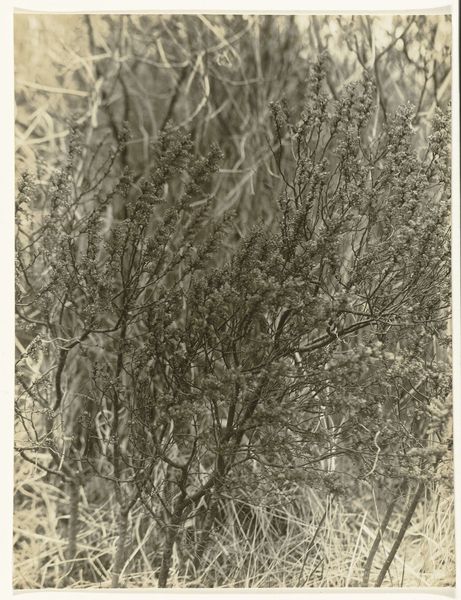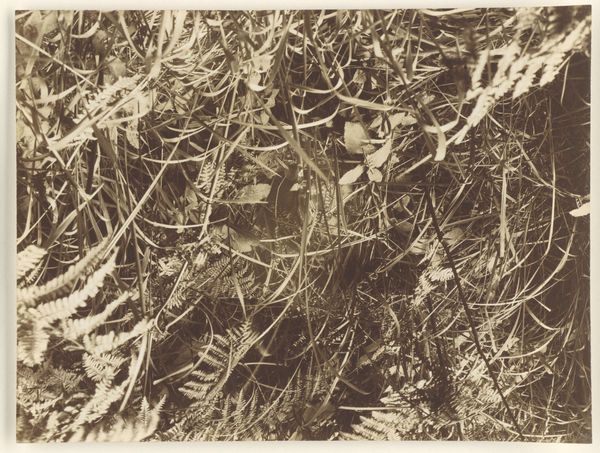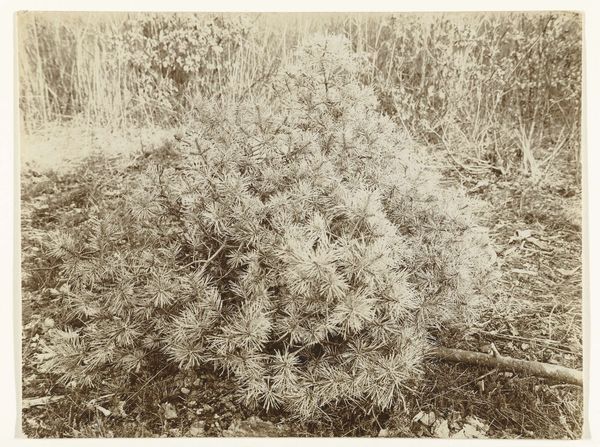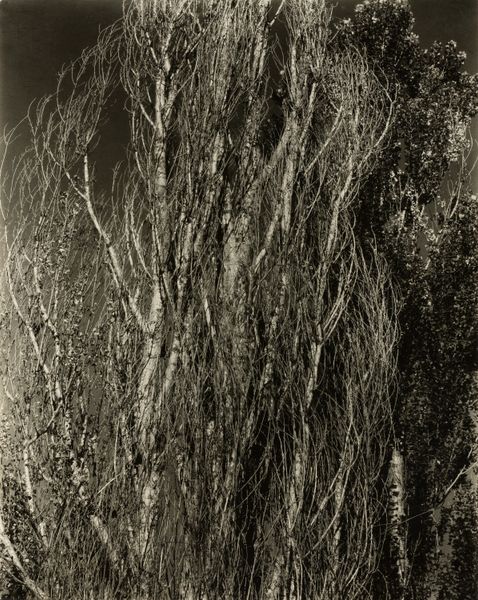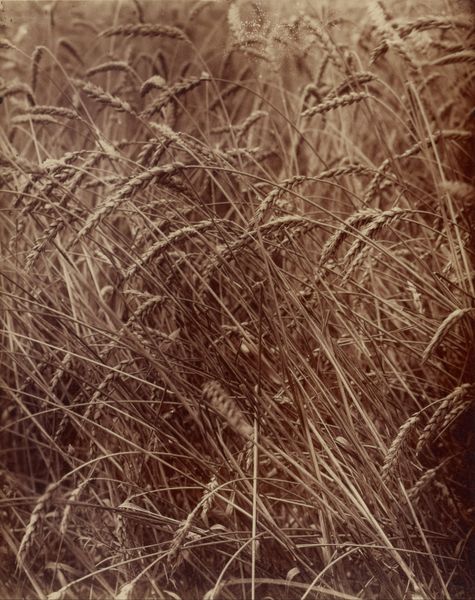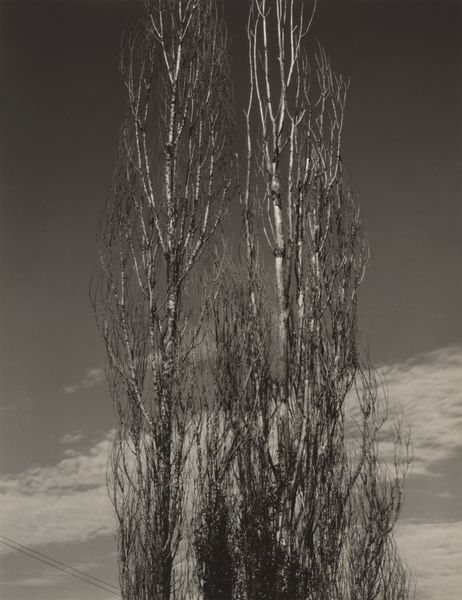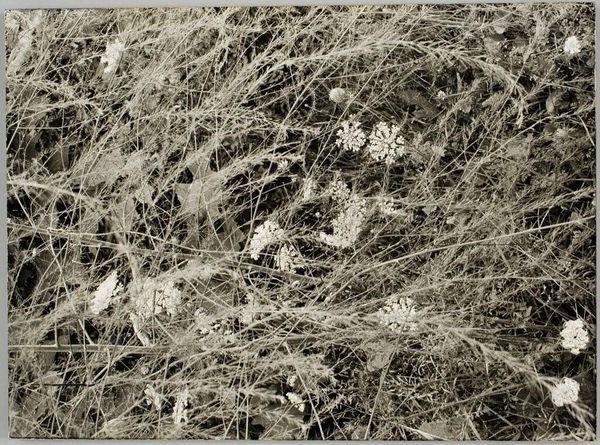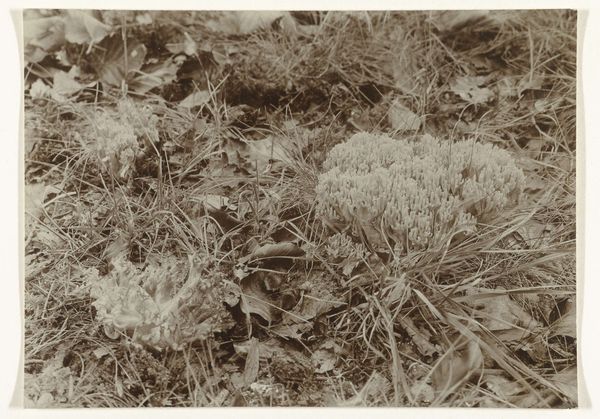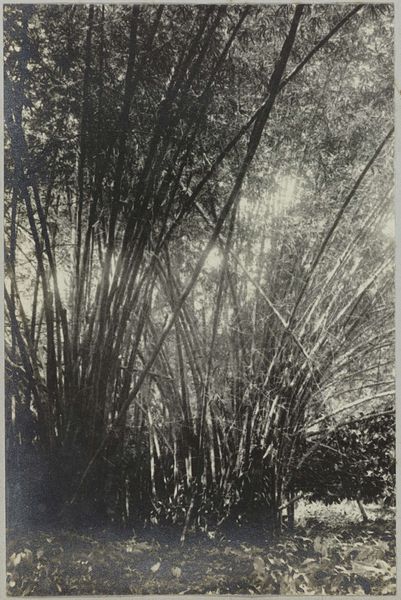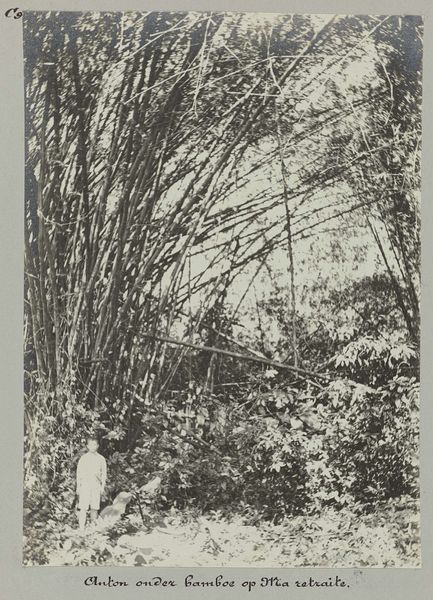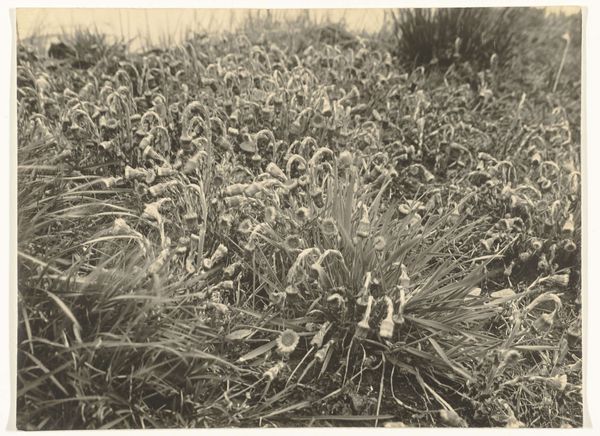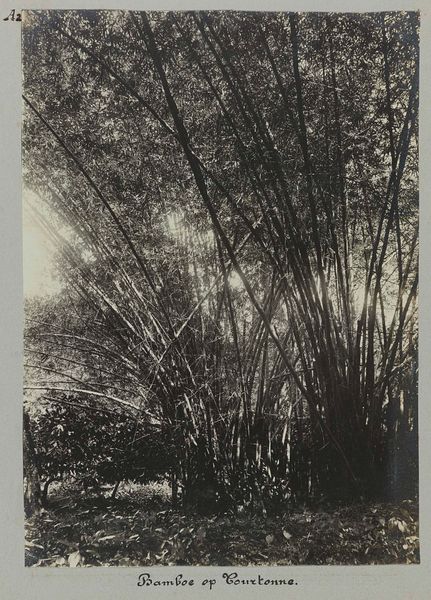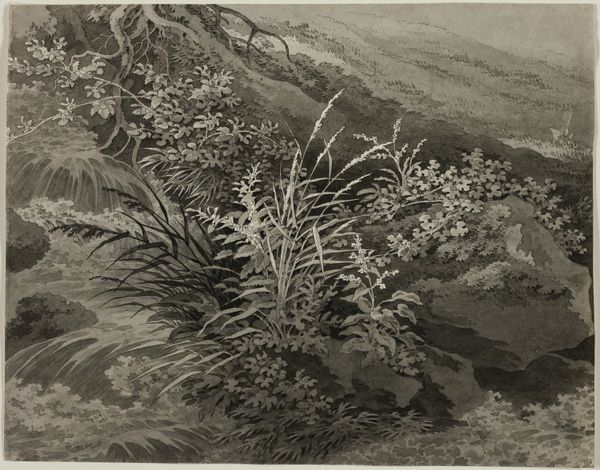
photography
#
still-life-photography
#
landscape
#
photography
#
realism
Dimensions: height 120 mm, width 166 mm
Copyright: Rijks Museum: Open Domain
Curator: What strikes me immediately about Richard Tepe’s "Pinus Austriaca" is the feeling of resilience it evokes. There's something starkly beautiful in how the pine needles bristle outwards, catching the light. It's as if the photograph itself is a little burst of defiance. Editor: Indeed, it's a testament to the enduring allure of pine as a visual symbol. Think about it—evergreen trees have, across many cultures, represented immortality, hope, and steadfastness in the face of winter's harshness. I suspect Tepe was deeply aware of that tradition. Curator: I'm wondering if he was drawn to the almost aggressive texture of the pine, the way the needles stab at the air. It could speak to the hardiness, maybe even the struggle for survival. Looking at this close-up shot, with its remarkable detail rendered in silver gelatin, I think it feels quite raw. Editor: Well, pine needles in heraldry often symbolized sharpness of wit, perseverance and even a degree of invincibility, so the spikiness you noted contributes to the tree's semiotic power. Consider its grayscale nature too: rather than the colour green denoting growth, the monochrome adds timelessness and abstraction. It is now on view here at the Rijksmuseum, crafted sometime between 1900 and 1940. Curator: Timeless is definitely the word, isn’t it? You strip away the color and the specifics of place, and you're left with this enduring image of nature’s tenacity. But even while being unromantic, it's so elegant and calming to look at it, it might be more still-life than landscape even if the artist may disagree. Editor: Perhaps that sense of timelessness stems from our intrinsic connection with trees – they outlive us, observe changes across centuries. The detail also seems significant; note the artist draws attention to what usually stays unseen with this microscopic vantage, much like other forms of early botanical imagery meant for classification. Curator: Exactly! It allows us to feel more present and conscious about observing nature. Thanks to Richard Tepe’s talent, there’s no more “simply looking” at a tree, from now on! Editor: An invitation to contemplate what it represents. The simple image serves as a memory-rich object open for projection; from the humblest tree can a universe of meanings unfurl.
Comments
No comments
Be the first to comment and join the conversation on the ultimate creative platform.
